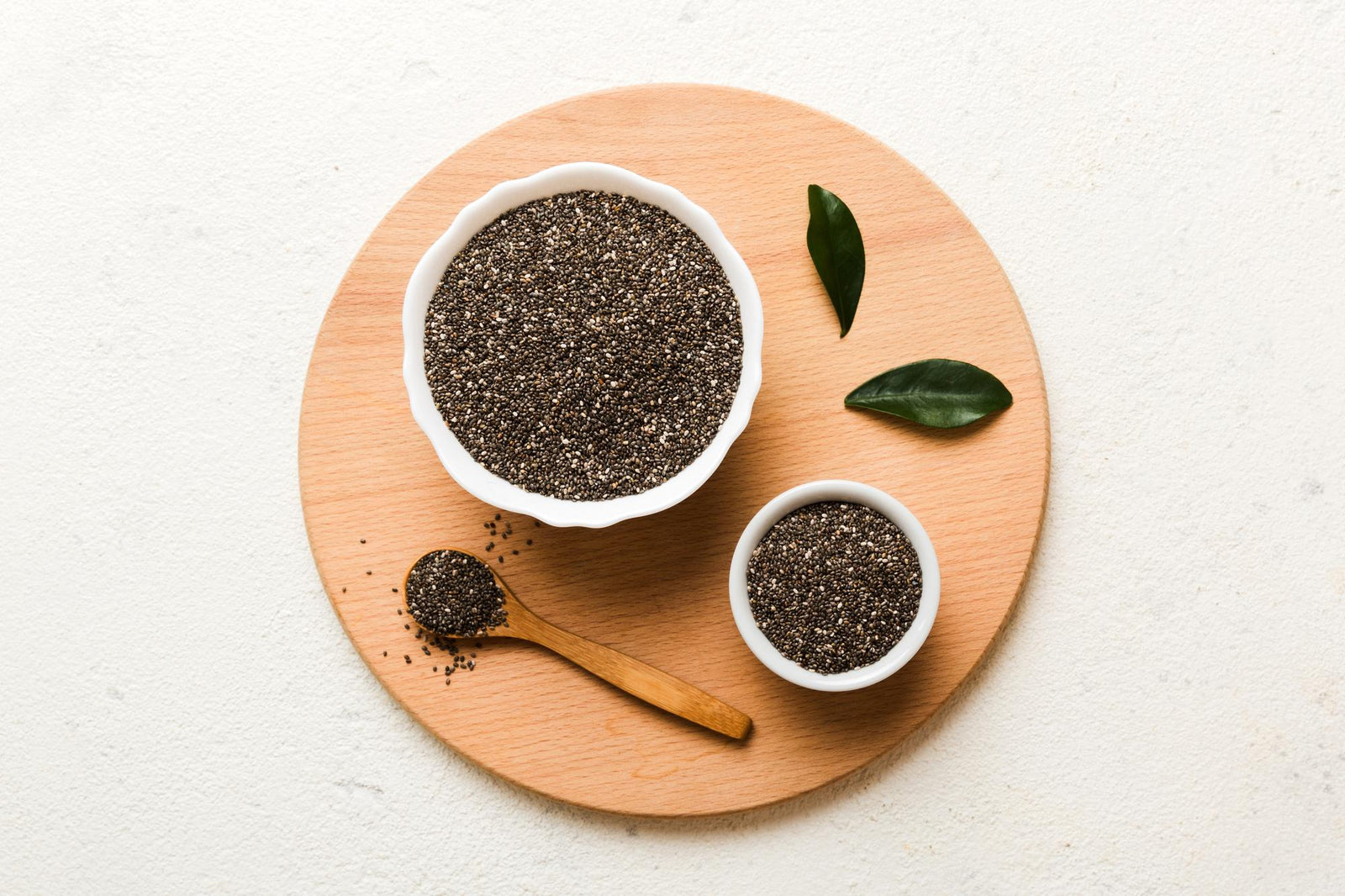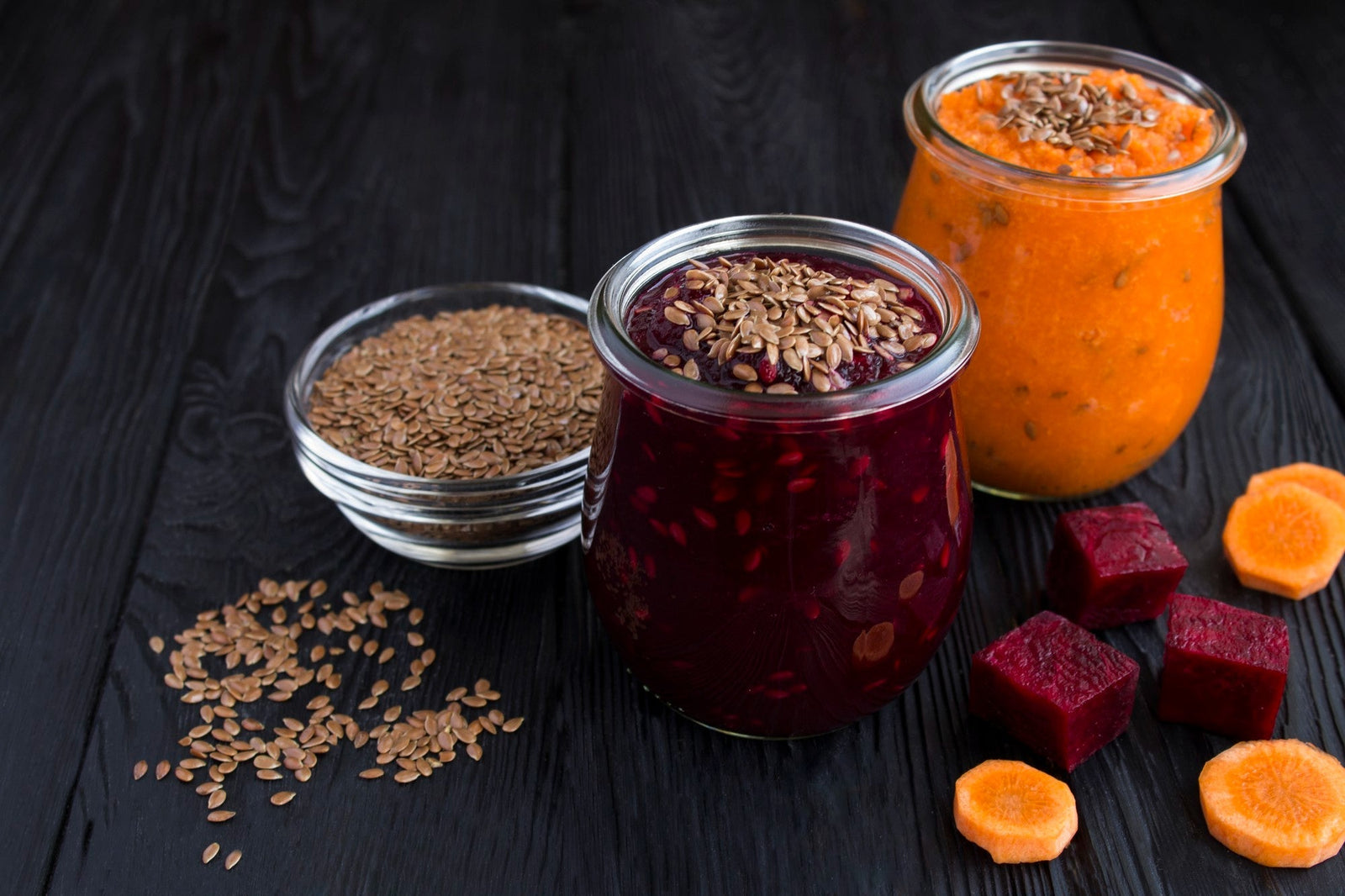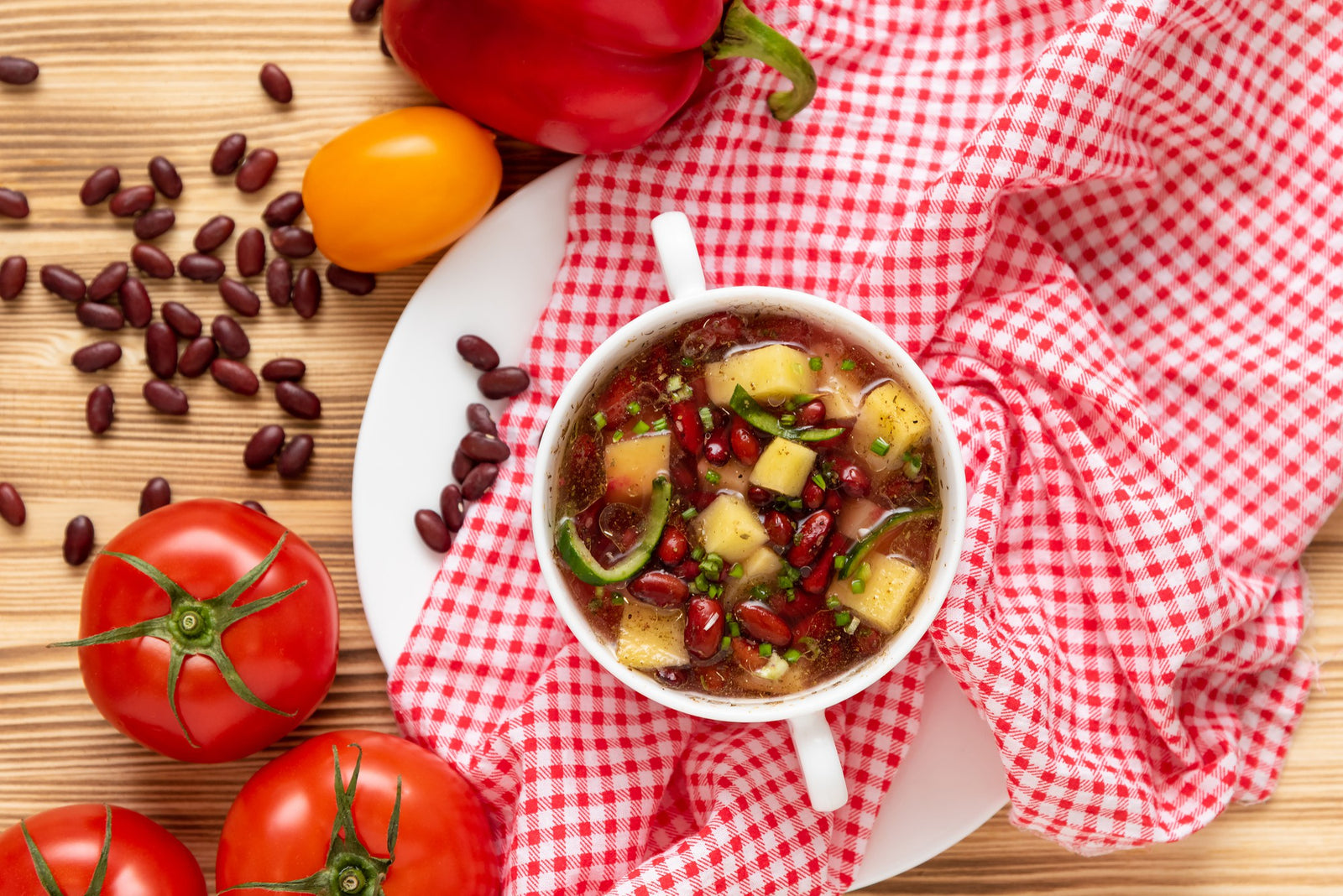
January 08, 2024 4 min read
Chia seeds, originating from the Salvia hispanica plant, have gained immense popularity for their exceptional nutritional profile. Despite their tiny size, these seeds are a powerhouse of essential nutrients, offering a multitude of health benefits. In this comprehensive guide, we'll delve into the top 5 benefits of incorporating chia seeds into your diet, exploring the science behind their effects on overall health and well-being.
Chia seeds are nature's treasure trove, boasting an impressive array of nutrients. These seeds are a concentrated source of omega-3 fatty acids, providing a plant-based alternative for those seeking these essential fats. Additionally, they are loaded with fiber, protein, calcium, magnesium, and antioxidants.
The omega-3 fatty acids in chia seeds, particularly alpha-linolenic acid (ALA), play a pivotal role in heart health. Research suggests that ALA may help reduce the risk of heart disease by lowering levels of triglycerides, decreasing inflammation, and improving cholesterol levels.
Despite their minuscule size, chia seeds punch above their weight in terms of nutritional value. Just a single ounce (about 28 grams) contains a substantial amount of nutrients. This nutrient density makes them a convenient addition to any diet, providing a wide range of essential vitamins and minerals.

The heart-protective benefits of chia seeds extend beyond their omega-3 content. The soluble fiber found in these seeds, known as mucilage, forms a gel-like substance when mixed with liquids. This gel helps regulate blood sugar levels by slowing down the absorption of sugar in the bloodstream and supports heart health by reducing cholesterol levels.
Studies indicate that soluble fiber intake is associated with a reduced risk of heart disease. Chia seeds' soluble fiber content not only aids in lowering LDL (bad) cholesterol but also helps maintain stable blood sugar levels, contributing to overall cardiovascular health.
Chia seeds are rich in antioxidants, including chlorogenic acid and caffeic acid, which have been shown to combat oxidative stress and inflammation. By neutralizing free radicals, these antioxidants help protect the heart from damage caused by oxidative stress.
For individuals focusing on weight management, chia seeds can be an invaluable ally. The combination of fiber, protein, and healthy fats in chia seeds contributes to a feeling of fullness, potentially reducing overall calorie intake.
When consumed, chia seeds absorb liquid and expand in the stomach, promoting a feeling of satiety. This effect can help curb cravings and prevent overeating, making chia seeds a valuable component of a weight management strategy.
Chia seeds' nutrient profile supports a healthy metabolism, providing a sustained release of energy. The combination of protein, fiber, and essential fatty acids aids in maintaining energy levels throughout the day.
The high fiber content in chia seeds contributes significantly to digestive health. Fiber is essential for regular bowel movements and maintaining a healthy gut microbiome.
Chia seeds act as prebiotics, feeding the beneficial bacteria in the gut. This promotes a balanced and diverse gut microbiota, which is crucial for digestive health and overall well-being.
Chia seeds have hydrophilic properties, meaning they can absorb up to 10-12 times their weight in water. This ability aids in maintaining proper hydration and supports the smooth movement of food through the digestive system.
Historically known as a source of sustainable energy, chia seeds were used by ancient civilizations, including the Aztecs and Mayans, to enhance stamina and endurance. Even today, chia seeds remain a popular choice among athletes and health enthusiasts.
The balanced combination of carbohydrates, protein, and healthy fats in chia seeds provides a steady source of energy. This sustained energy release can support physical endurance and performance during exercise.
The protein content in chia seeds plays a crucial role in muscle repair and recovery post-exercise. Including chia seeds in post-workout meals or snacks can aid in replenishing energy stores and facilitating muscle recovery.
The versatility of chia seeds makes them easy to incorporate into various dishes and recipes. Whether consumed raw, soaked, or ground, these seeds can elevate the nutritional content of your meals.

Creating a chia seed pudding by soaking the seeds in liquid (such as almond milk or coconut water) overnight can result in a delightful and nutritious treat. Add fruits, nuts, or spices for added flavor and variety.
Blend chia seeds into smoothies or shakes to add texture and increase nutritional value. The seeds seamlessly integrate into the mixture, offering a subtle nutty taste.
Incorporate chia seeds into baked goods like muffins, bread, or pancakes to boost their nutritional content. They can also serve as an egg substitute in vegan recipes due to their binding properties.
In conclusion, chia seeds stand as a testament to the nutritional potential of small yet mighty superfoods. From their role in supporting heart health to aiding in weight management, promoting digestive well-being, and enhancing energy levels, these seeds offer a multitude of benefits.
By incorporating chia seeds into your daily diet, whether through simple additions to meals or creative culinary experiments, you can harness their nutritional prowess and take a significant step toward a healthier and more vibrant lifestyle.
So, whether you're seeking to optimize your nutrient intake, support your fitness journey, or simply explore new avenues of holistic wellness, consider embracing the transformative power of chia seeds as a cornerstone of your healthy lifestyle.
❤ Try our USDA certified organic Chia Seeds ❤
Comments will be approved before showing up.

January 27, 2025 3 min read
Flaxseed, the tiny yet powerful superfood, is packed with nutrients that can support weight loss. From curbing hunger to stabilizing blood sugar, this guide dives into the science of how flaxseed can help you shed those extra pounds.

December 11, 2024 3 min read
Discover three quick and easy soup recipes featuring organic small red beans. From a classic vegetable soup to a creamy potato blend, these wholesome recipes are perfect for chilly days and busy weeknights. Packed with flavor and nutrition, these soups will warm your heart and soul this winter!

December 06, 2024 3 min read
This vibrant and nutritious Green Lentil Salad combines tender lentils with grilled chicken, fresh vegetables, and a zesty lemon dressing. Packed with protein, fiber, and essential vitamins, it’s the perfect healthy meal for any time of day.
© 2025 Be Still Farms- Real, Fine Organics.
Privacy | Terms | Refund Policy | Organic Certification
